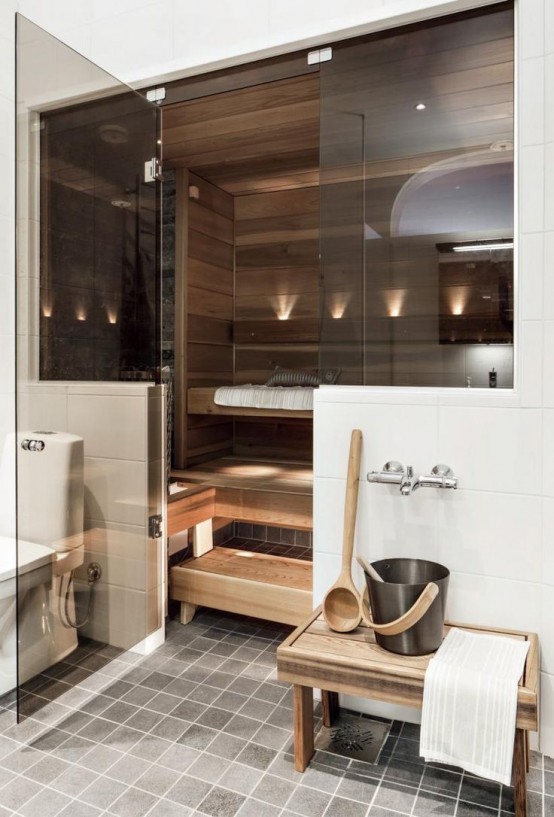Table of Content
Fill your space with plants proven to improve indoor air humidity levels, like spider, jade, and rubber plants. Tossing your clothes into a dryer will only contribute more to indoor air dryness. If you don’t already have one, investing in a clothes rack costs as little as $5.
These two methods work on the principle of using water vapor that is released from the water in the air to create moist air. There are also other methods such as using a steam humidifier, which uses steam generated from boiling water and releasing it into the surrounding air. Most of us automatically flip on the bathroom fan to keep all the humidity from our daily shower from causing excess condensation. Instead or flipping that switch, leave the bathroom door open while you shower. The steam from your shower will exit via the door, evaporating into the air and humidifying at least part of your home. If everyone in your family showers with the door open, you’re probably going to notice quite a difference immediately.
Why Humid Rooms Can Be A Problem
Especially when we turn ON the heater inside our home in winters, we make the air hot and dry. Note that houseplants probably won’t work all by themselves, but they can be an important part of any natural humidification plan. Put lots of houseplants in all of your rooms for a more noticeable effect, and be sure to keep them well-watered. If you have kids or pets, be sure to choose plants that are safe for them to be around.

Whatever the size of your room or home, be sure to leave doors open so the steam from your impromptu humidifier can make its way into as many spaces as possible. Once your food has cooked, transfer it out of the pot, but leave the water to cool. As it does so, steam will evaporate into your home’s atmosphere. There are quite a few tricks and tips for humidifying your home without plugging in a humidifier. In essence, anything that puts moisture back into the air is going to be a big help. And if you make a habit of repeating these little actions, you’ll find that your indoor air feels more comfortable.
DIY Terrarium Humidifier
The most common way is through the humidity that is created by the shower steam. When the bathroom door is open, the warm air from the shower enters the room and then cools down, which causes condensation to form on objects in the room. This water droplet activity helps to distribute moisture throughout the room. You can use these ideas and tips in addition to homemade humidifiers to address the issues caused by dry air and dehydration. If you’re worried about leaving open bowls of water around where kids and pets can get to them, a sponge might be the next best thing. The easiest way to do this is to soak a large sponge – like the kind you’d use to wash a car – in water so that it’s completely wet but not dripping too much.

If you have an old school radiator with a flat surface, you can also place a small bowl of water on top of the radiator unit. Just be mindful and use heat-safe bowls to avoid melted plastic, breaking glass, or spills. When water reaches its boiling point, it begins to release steam and evaporate back into the atmosphere. In this article, we will explore one way to make your own humidifier, plus 10 other ways to increase the natural moisture of your home. Adding plants indoors in winter will help boost humidity and will brighten up your home. These DIY humidifier ideas will ensure you will never have to suffer the unbearable consequences of an indoor environment that is too dry.
Make a DIY Dehumidifier
A great hack to increase humidity in your room is to hang your wet clothes to dry inside the room itself. However, you must keep in mind that you mustn’t dry too many clothes in your room as it may lead to extreme dryness and even mold buildup. Low humidity levels let a variety of micro-organisms survive within the vicinity of your household. Therefore, if anyone in your house gets sick, all the bacteria they release through sneezing or coughing will stay in the air indefinitely.
Minimize the use of these appliances to prevent drying out of the air. Even small beauty products such as hair dryers and flat irons can negatively affect the humidity level in the air. Another easy way to increase humidity in your home is to at least occasionally dry your clothes indoors by exposing them to the air. When the water from the clothes evaporates, the room becomes more humid.
And while you’re all bundled up and hunkered down, why not flex your culinary prowess by trying out your favorite stovetop recipes? Cooking on the stovetop in lieu of in your oven or microwave is another humidifier-free way to introduce a bit of much needed moisture to your home. Hence, it is recommended that you make use of their humidifying properties. Just allow passage of steam outside your bathroom and it shall help humidify your whole house. Of course, this majorly works in smaller households but it is also mildly effective in increasing the humidity of larger ones.
Although the maintenance of an Aquarium could be a bit expensive, the attraction it will provide will be totally worth it if you are a lover of aquatic life even better. Take shorter showers.Long showers can cause moisture to build up in your bathroom and surrounding rooms. By shortening the length of showers you can reduce some of the moisture build-ups inside your home. Rocket Homes Real Estate LLC is committed to ensuring digital accessibility for individuals with disabilities. We are continuously working to improve the accessibility of our web experience for everyone, and we welcome feedback and accommodation requests.
If you have a draft but no idea where it’s coming from, odds are your doors and windows aren’t tightly sealed. Luckily, fixing this issue is an affordable project that can cost as little as $20 per unit. If you don’t have the budget for or interest in a water fixture, placing glasses or bowls of water near a heat source is a great natural humidifier. Set it on your fireplace mantle or on a table near your furnace to get your desired effect. Just be sure to avoid placing anything directly on the heater to protect the glass from breaking. Hi, I’m Alex and I love to share my experience and suggestions to manage the humidity levels in any area, maybe it’s your home.

Placing bowls of water near the window sill will raise the humidity of the room because this allows the outdoor environment to influence the indoor one. As the water heats up in the bowl, evaporation occurs, and thus humidity increases. Use different types of decorative bowls to add a personal touch. You can also place the water bowl near another heat source in the house, such as the radiator. Your home should have a humidity range of between 30 and 50 percent, and a tool called a hygrometer can tell you how far off you are from that. There’s one way to improve humidity levels and the appearance of your home at the same time.
Trapped phlegm can be released from the throat by making the air moister, thereby soothing the cough. Additionally, if family members who never get ill suddenly come down with the cold or flu, this could be due to poor indoor air quality. Dry air can negatively impact immune systems and cause mild forms of illness in people who are usually fit as a fiddle.

No comments:
Post a Comment